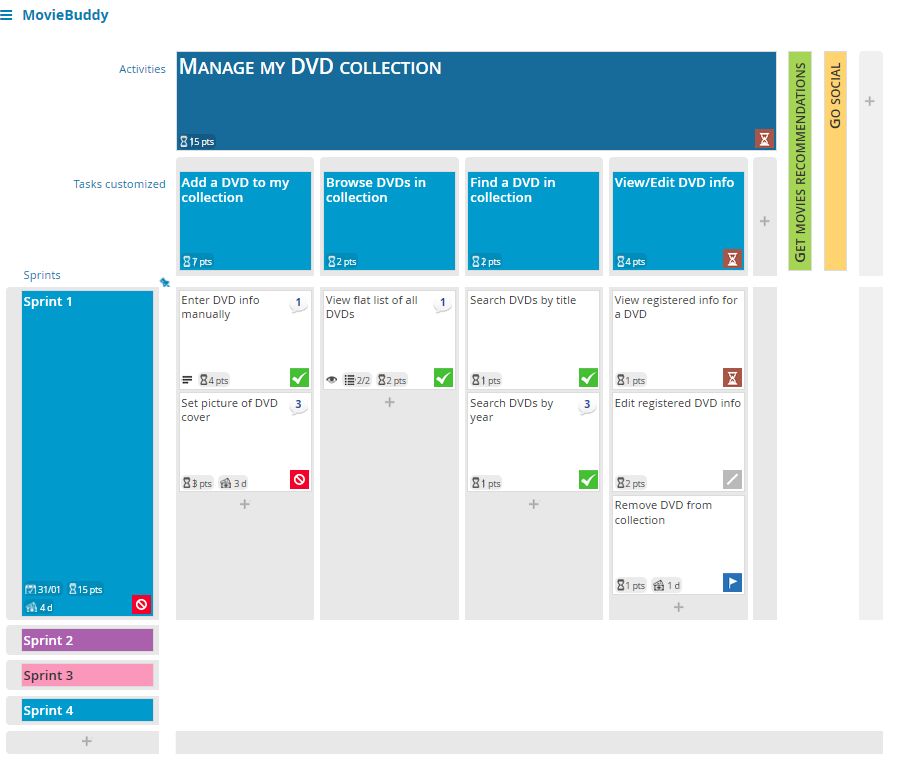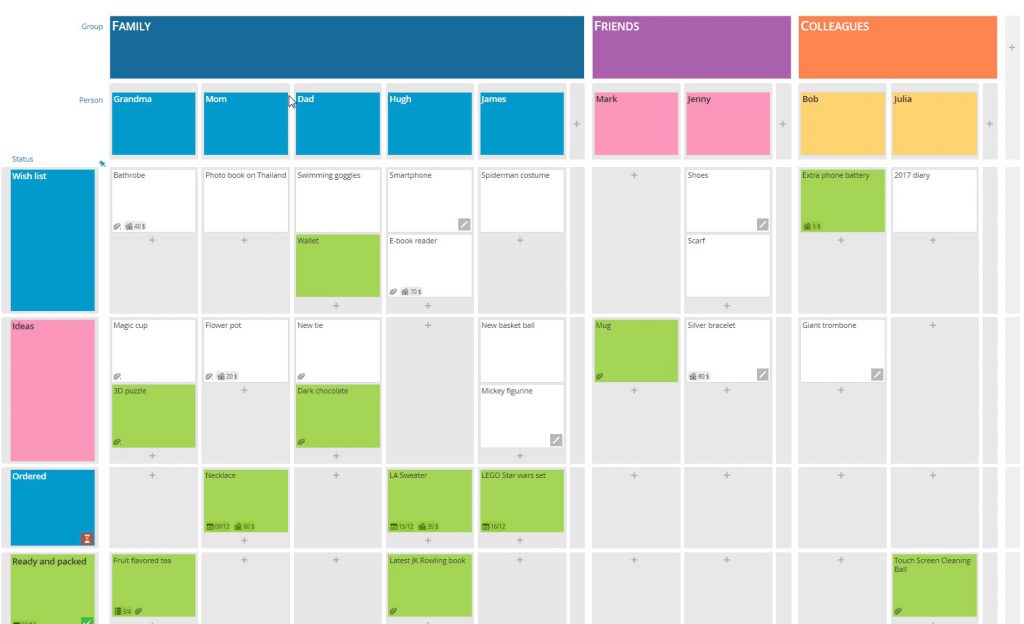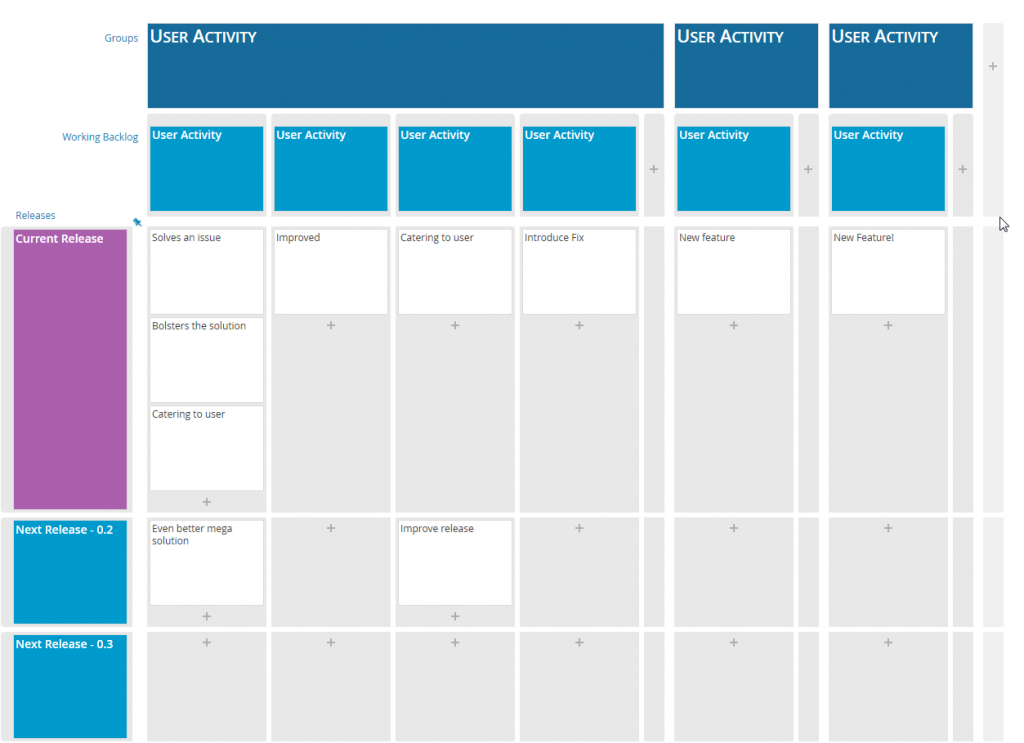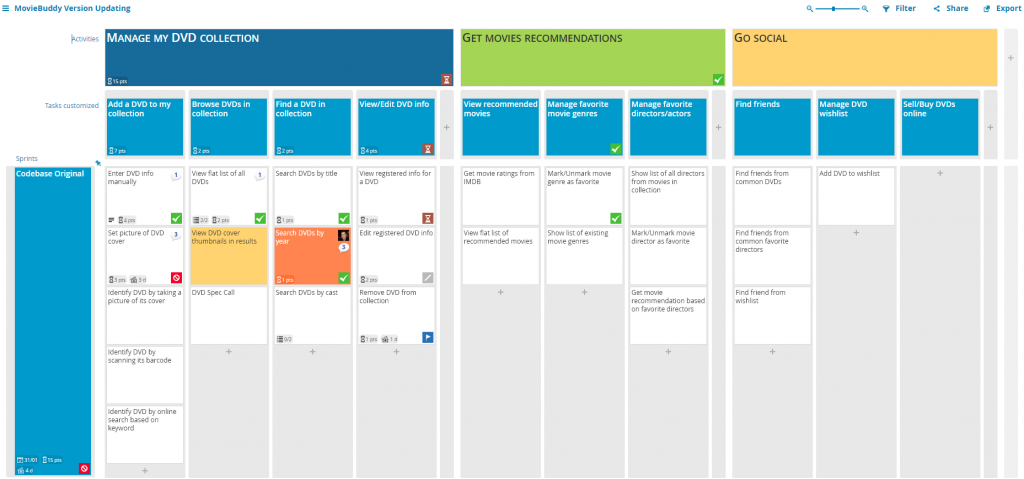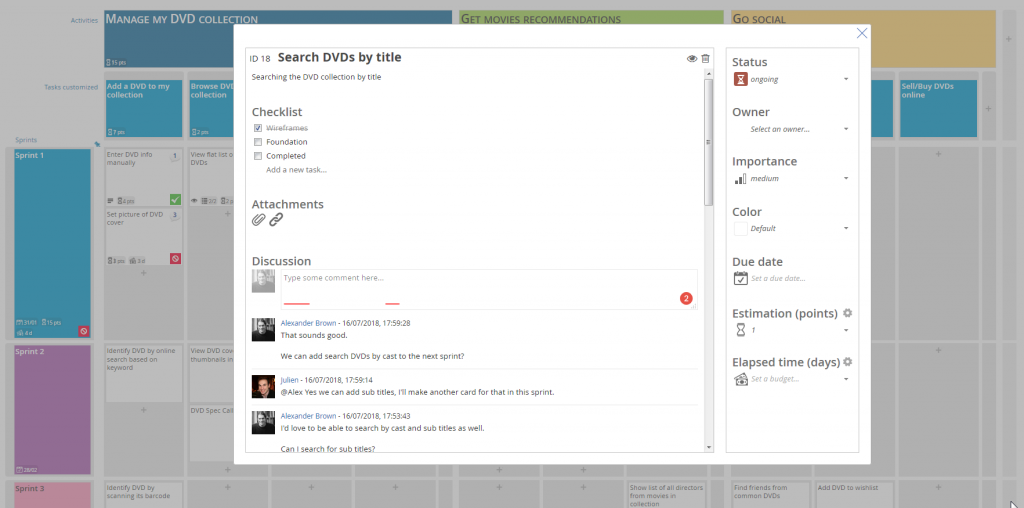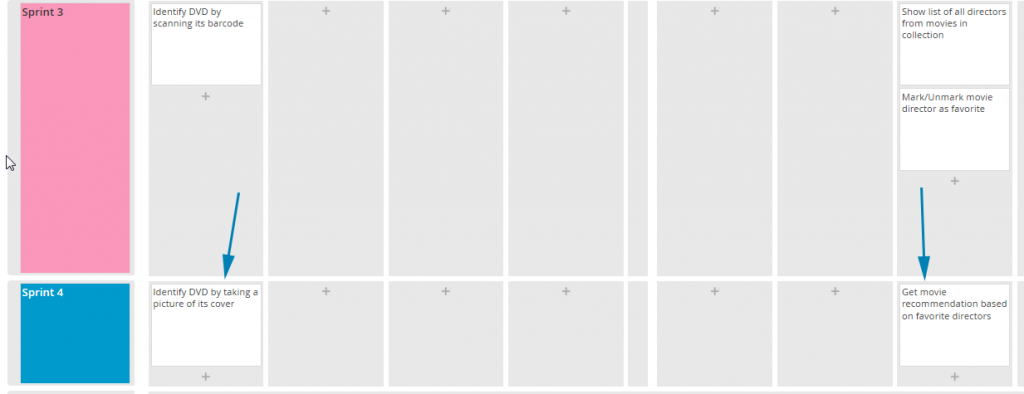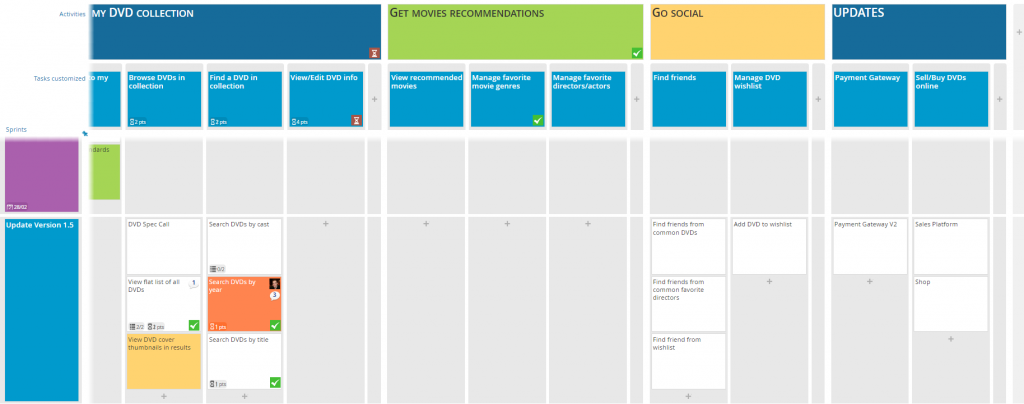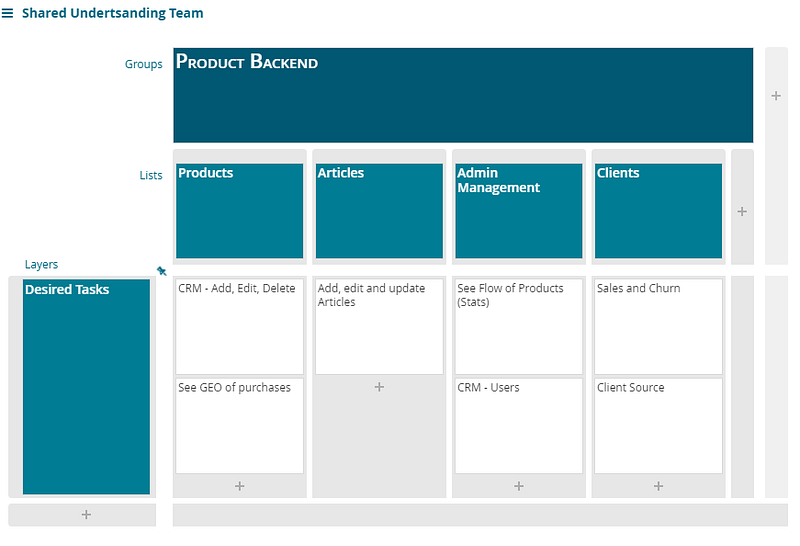User Story Mapping is often described as an easy process and maps are created by simply working through the user’s journey.
Sometimes it can sound simple, but at times you need to define the user’s journey.
Occasionally you’ve had a developer, or project manager who has already defined stories and just wants to regurgitate this journey onto a plan and have everyone agree. This sometimes works, but more often than not other team members are left wondering about more details and features, problems, and most importantly, better solutions are missed.
User Story Mapping is not just creating a map for the purpose of a great visual understanding, but it is also a great time to go over questions and really expose the plan.
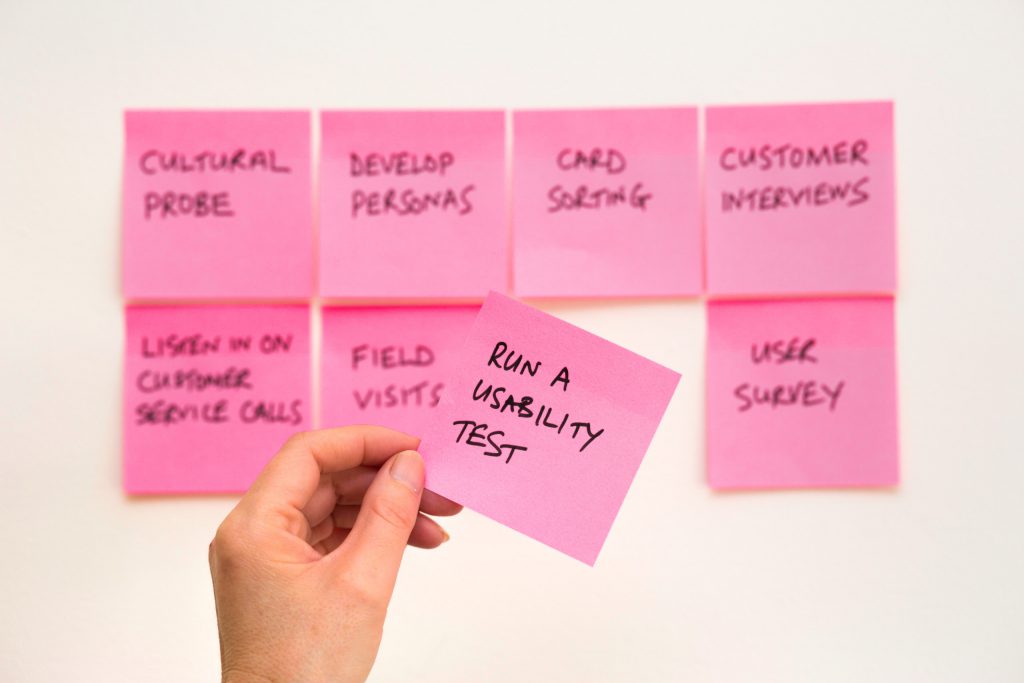
Just as your first bunch of questions:
- Who for?
- Why?
- What?
Critical thinking can be applied with great b0ons to any endevour and User Story Mapping is no different.
Who for?
Those working on the map should have a clear defined understanding who the users are.
- Who is the user that mapped this journey?
- How is this user different to other users?
- Do we need to expand our user scope at this stage?
Understanding who the users are will provide that focus for complex design and if the user is an actual real user, then knowing this person will help with focusing the team to provide something for someone real.
What?
Defining what the user is doing with your project, app or endevour will be the main crux and defining question for all over User Story Mapping.
- What are the users trying to achieve?
- What do the users benefit over using your solution?
- What other solutions are available?
- What needs to defined?
Why?
Starting with an understanding of not only who the user is, but why this story needs to be mapped is crucial to have a worthwhile map.
Asking questions to help the entire mapping team directs.
- Why does the story need to be created?
- Why does it need to be defined?
- Why would this information help decide scale and stability?
Once you have the ideal persona, and the ideal customer or user you can create an epic from the persona.
Label all your epics necessary to meet your users goals, but it is okay to keep them rough as you’ll be able to quick edit the table, adjust, delete and add more columns as needed.
- Turn the users functions into rough epics
- Turn the products functionality into rough epics
- Capture the interaction and sequences

Then go deeper and refine each Epic into the cards.
It is normal to be challenged with your first iterations with a User Story Map and it’s okay to continually develop them.
Keep the users entire journey and story in mind, and don’t stop asking the questions, who, what , why?

